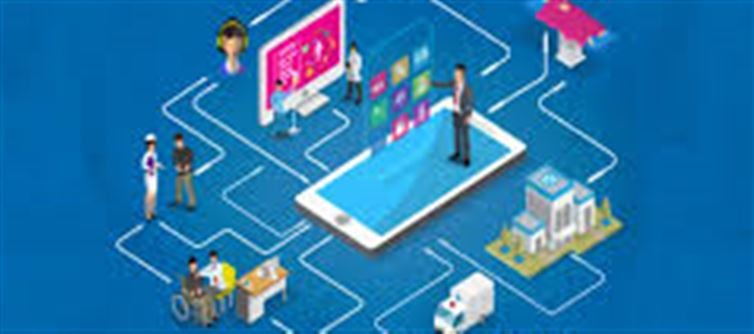
Despite rapid advancements in medical science, millions of families in India’s remote and underserved areas still struggle to access quality healthcare. Thanks to modern technology, this gap is steadily closing, transforming how doctors connect with patients far beyond traditional clinics and hospitals.
1. Overcoming Distance Barriers with Telemedicine
One of the most revolutionary ways technology is reaching underserved populations is through telemedicine. By leveraging smartphones, video calls, and internet connectivity, doctors can now consult patients living in far-flung villages without requiring physical travel. This saves time, cuts down costs, and ensures timely medical advice reaches those who need it the most.
2. mobile health Units Equipped with Advanced Tools
Technology isn’t limited to virtual consultations. mobile health vans fitted with diagnostic equipment and wallet PLATFORM' target='_blank' title='digital-Latest Updates, Photos, Videos are a click away, CLICK NOW'>digital records are roaming remote areas, bringing doctors and essential health services right to the doorstep of underserved families. These units enable early detection of diseases and real-time data sharing with specialists.
3. AI and Machine Learning Enhancing Diagnosis and Treatment
Artificial Intelligence (AI) and machine learning are helping doctors make faster, more accurate diagnoses, especially in resource-limited settings. By analyzing symptoms and medical histories digitally, AI-driven apps assist healthcare workers in rural india to recommend treatment plans even without direct specialist involvement.
4. health Apps Promoting Awareness and Preventive Care
Smartphone apps tailored for rural users are educating communities on hygiene, nutrition, vaccinations, and chronic disease management. These apps empower families to take preventive measures and recognize warning signs early, reducing hospital visits and improving overall health outcomes.
5. wallet PLATFORM' target='_blank' title='digital-Latest Updates, Photos, Videos are a click away, CLICK NOW'>digital health Records for Continuity of Care
Maintaining medical records has been a huge challenge in underserved regions, often leading to fragmented care. Cloud-based wallet PLATFORM' target='_blank' title='digital-Latest Updates, Photos, Videos are a click away, CLICK NOW'>digital health records now enable seamless sharing of patient history among multiple healthcare providers, ensuring continuity and personalized treatment, no matter where the patient moves.
6. government and NGO Initiatives Driving Tech Adoption
Both government schemes and non-profit organizations are playing a crucial role in pushing technology adoption in healthcare. Initiatives like eSanjeevani, India’s national telemedicine service, and collaborations with tech companies are scaling up access and awareness, especially in underserved communities.
7. Training Rural health workers with Virtual Learning
Technology also facilitates continuous learning for frontline health workers in rural areas. Virtual training programs equip them with updated medical knowledge and wallet PLATFORM' target='_blank' title='digital-Latest Updates, Photos, Videos are a click away, CLICK NOW'>digital tools, enabling them to provide better care and serve as trusted health educators in their communities.
8. Challenges and the Road Ahead
While technology is making significant inroads, challenges like internet connectivity, wallet PLATFORM' target='_blank' title='digital-Latest Updates, Photos, Videos are a click away, CLICK NOW'>digital literacy, and affordability remain. Addressing these hurdles is critical to ensuring that the benefits of wallet PLATFORM' target='_blank' title='digital-Latest Updates, Photos, Videos are a click away, CLICK NOW'>digital healthcare reach every underserved family across India.
Final Thoughts: A Healthier Future Through Tech Empowerment
Technology is not just changing healthcare delivery — it’s redefining the doctor-patient relationship in India’s most marginalized areas. By bringing doctors closer to underserved families, it promises a future where quality medical care is accessible, affordable, and equitable for all.
Disclaimer:
The views and opinions expressed in this article are those of the author and do not necessarily reflect the official policy or position of any agency, organization, employer, or company. All information provided is for general informational purposes only. While every effort has been made to ensure accuracy, we make no representations or warranties of any kind, express or implied, about the completeness, reliability, or suitability of the information contained herein. Readers are advised to verify facts and seek professional advice where necessary. Any reliance placed on such information is strictly at the reader’s own risk.
.jpg)




 click and follow Indiaherald WhatsApp channel
click and follow Indiaherald WhatsApp channel